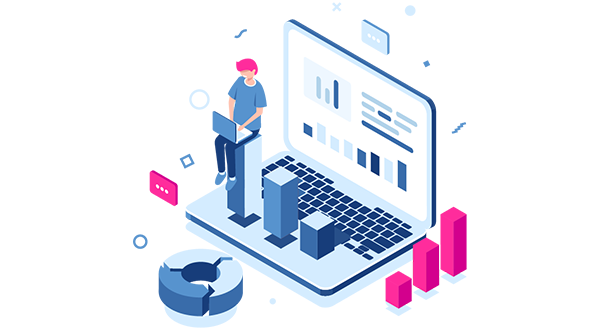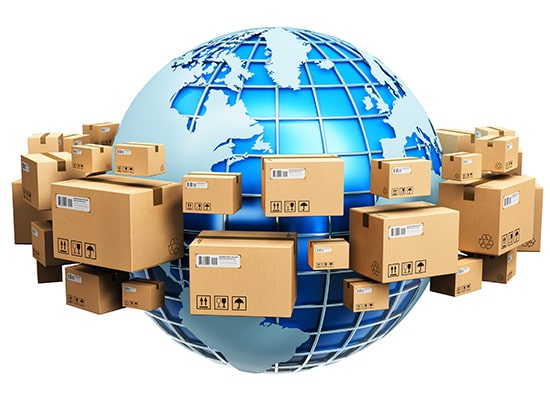The Customer is an American Fortune 500 shipping, receiving and supply chain management company operating vast cargo networks and fleets throughout the US, Europe and Asia. With over $97 billion in total revenue in 2021, they have more than 500,000 employees globally and serve 220 countries and territories.


Liber*M Mainframe Modernization Suite

The LIBER*M Mainframe Migration Suite:
The cost-effective solution for businesses tied down by legacy mainframes
Proven GCOS8 (Bull) modernization enables seamless migration, reducing vendor lock-in while preserving business logic and transforming proprietary workloads into modern, supported cloud architectures
Legacy mainframes: Millions to maintain without key agility today’s business needs
Mainframe legacy applications are a critical asset to your business, but their technological limitations and sky-high support costs make them increasingly unsustainable in today’s business world. When it comes to modernizing z/OS and GCOS8 (BULL) mainframe applications the challenge is to preserve your existing business processes, gain flexibility and scalability—while slashing total cost of ownership.
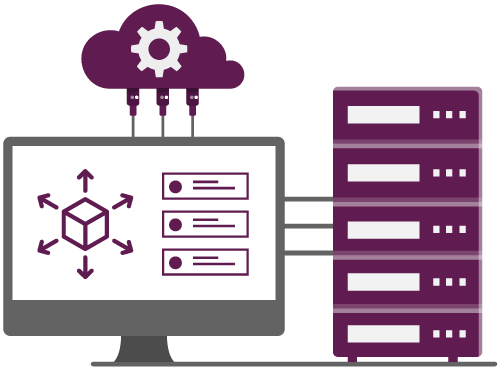
Migrating Your Mainframe to the Cloud Can Save Millions
The average annual cost per installed MIPS is about $1,600. Hardware and software accounts for 65%
of this total, or approximately $1,040.
Consequently, the annual infrastructure cost for a 15,200 MIPS mainframe is approximately $16 million.
AWS Partner Network Blog; June 12, 2018
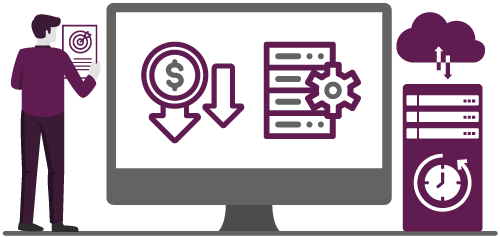
LIBER*M gives you options!
When modernizing your legacy z/OS or GCOS8 (BULL) databases and applications you have a variety of options based on your existing system, your current business needs and your goals for the future. These include:
- Repurposing
- Refactoring
- Replatforming
- Rearchitecting
At mLogica, our expert team can help you determine, through a comprehensive assessment of your existing system, which option or combination of options will help you achieve your goals for greater technical capabilities, increased agility and scalability and dramatically reduced IT costs.
As the experts in automated mainframe migration to the cloud, mLogica makes low-cost, low-risk mainframe modernization possible. Our proprietary automated technology, experienced team and rigorous quality assurance testing are the keys to seamlessly migrating large, complex, on-premise legacy z/OS or GCOS8 (BULL) mainframe business applications and databases to a modern cloud platform with maximum speed and accuracy.
Which mainframe modernization strategy is right for your business?
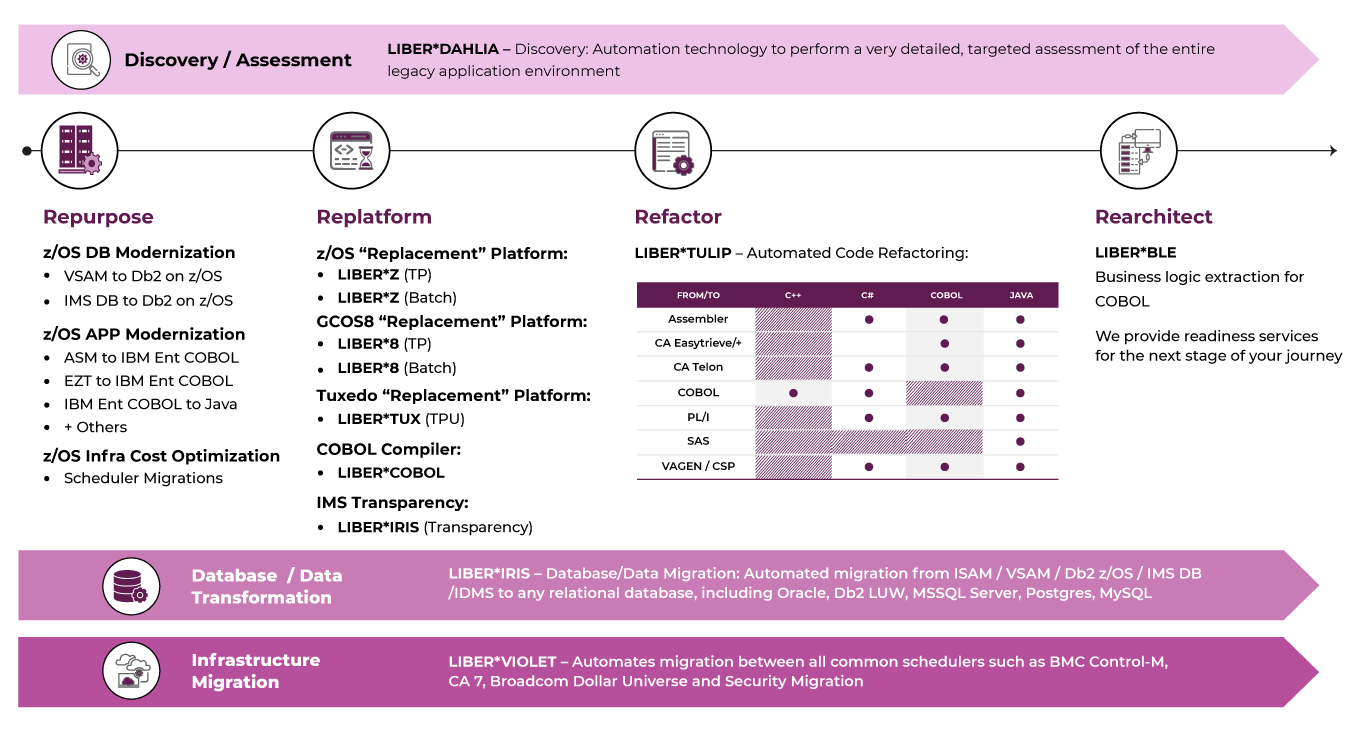
Repurposing
Not all organizations want to move off their mainframe technologies, due to factors including cost or regulatory obligations. For these businesses, it’s possible to repurpose selected applications and databases to level up their performance with the modern technology ecosystem.
On-premise mainframe datatypes and databases can be modernized and migrated to a relational database management system (RDBMS) while keeping them on-site. Examples include modernizing IBM IMS DB or VSAM to IBM Db2.
Similarly, aging programming technologies can be repurposed to integrate existing applications and databases with advanced programming toolsets. For example, re-factoring ASM to IBM Enterprise COBOL or IBM Enterprise COBOL to Java. Repurposing is also an excellent approach to consolidate technologies on both the data and programming language fronts.
This method makes existing mainframe technologies more powerful, maximizing operational efficiency with minimal cost impact—an effective approach for organizations that want to future-proof core applications, databases and programming languages built over time without migrating to an entirely new platform.
Refactoring
A more complex methodology, refactoring restructures and optimizes the existing code to improve performance, functionality and overall efficiency of mainframe programs. This approach implements significant modifications to the code base of applications and databases, with the goal of removing technical debt and improving non-functional attributes that restrict agility, cost efficiency and innovation.
Refactoring allows businesses to modernize legacy database environments such as ISAM, VSAM, Db2 and IMS DB to a relational RDBMS environment. We can also refactor legacy mainframe programming technologies such as Easytrieve, Assembler, Telon, PL/I and other 4GLs to COBOL, Java and C# and migrate COBOL to Java, C#, and C++.
In-Depth Experience Lets Us Create Solutions Customized for Your Needs
While many organizations prefer to refactor Assembler code directly to a more modern language such as Java or C#, there are situations in which COBOL is a logical target. These include:
- Optimizing on the mainframe by consolidating existing languages to COBOL
- Retaining the ability to leverage in-house COBOL expertise
- Replatforming mainframe COBOL to a distributed environment, which requires refactoring Assembler to COBOL
Refactoring Assembler to COBOL or Java with mLogica’s LIBER*M automated conversion software suite ensures compatibility with the target system, addresses system dependencies, aligns data representations and improves code maintainability. Inaccurate refactoring can result in migration failures, including runtime errors, incorrect results and difficulties maintaining the migrated system.
Could Your Refactoring Initiative Fail at the Last Mile?
Your legacy system comprises a complex array of databases, applications and languages. While your team focuses on components such as COBOL, CICS, VSAM and Db2 that drive the bulk of your mainframe, it's also critical to address the technologies that support them, including Assembler, Easytrieve, Telon, PL/1 and more.
These technologies, which underpin every critical business function, require comprehensive assessment before modernization can begin, to determine the role each plays in relation to the others and to mainframe function as a whole. This allows you to create an end-to-end modernization strategy. Without a team that is expert in these technologies, your refactoring initiative could stall in the home stretch.
Can You Avoid "The Last Mile Challenge"?
Invariably when our team is brought in to rescue mainframe modernizations and migration projects that are failing in the final stages, we find they have technologies such as Easytrieve, Assembler, Telon, PL/I and other 4GLs in common. Without precision conversion of these critical supporting components, system modernizations are often doomed to disastrous delays or outright failure.
At mlogica, our projects always begin with a comprehensive assessment that documents all technologies and up- and downstream dependencies, so each component of your existing system is fully documented. These components are then placed on a roadmap right at the outset, for expert conversion with no surprises, no logjams—and no delays, just a seamless transition to leading edge technologies that future-proof your business.
Replatforming
Replatforming migrates a business’s mainframe applications and databases to a new runtime environment with minimal changes to the code, while simultaneously ensuring code structures, functions and features remain intact. This allows organizations to offload their mainframe technologies from legacy z/OS, GCOS8 (BULL) and more to an x86-based Linux environment and transform them using new and better toolsets.
Rearchitecting
Rearchitecting materially changes the code of mainframe programs. This approach migrates mainframe workloads to new application architecture so that enterprises can integrate advanced features into their applications and databases.
Rearchitecting starts with an automated in-depth analysis of the existing assets, including assessment and abstraction of embedded business rules using business logic extraction (BLE) technology. Once this process is completed, automated tools can be effectively used to create the bulk of the new application.
Rearchitecting end-of-life mainframe systems allows businesses to gain enhanced capabilities by leveraging an optimized mix of modern technologies. This is an effective approach when the objective is not just to perform a like-for-like replacement, but to implement functional changes without undergoing a full rewrite.
mLogica clears the way to mainframe migration to the cloud by effectively reconciling the twin demands of business: protecting the rich functionality of legacy applications while using standard and open-source technologies to slash total cost of ownership turning your systems into a platform for innovation.
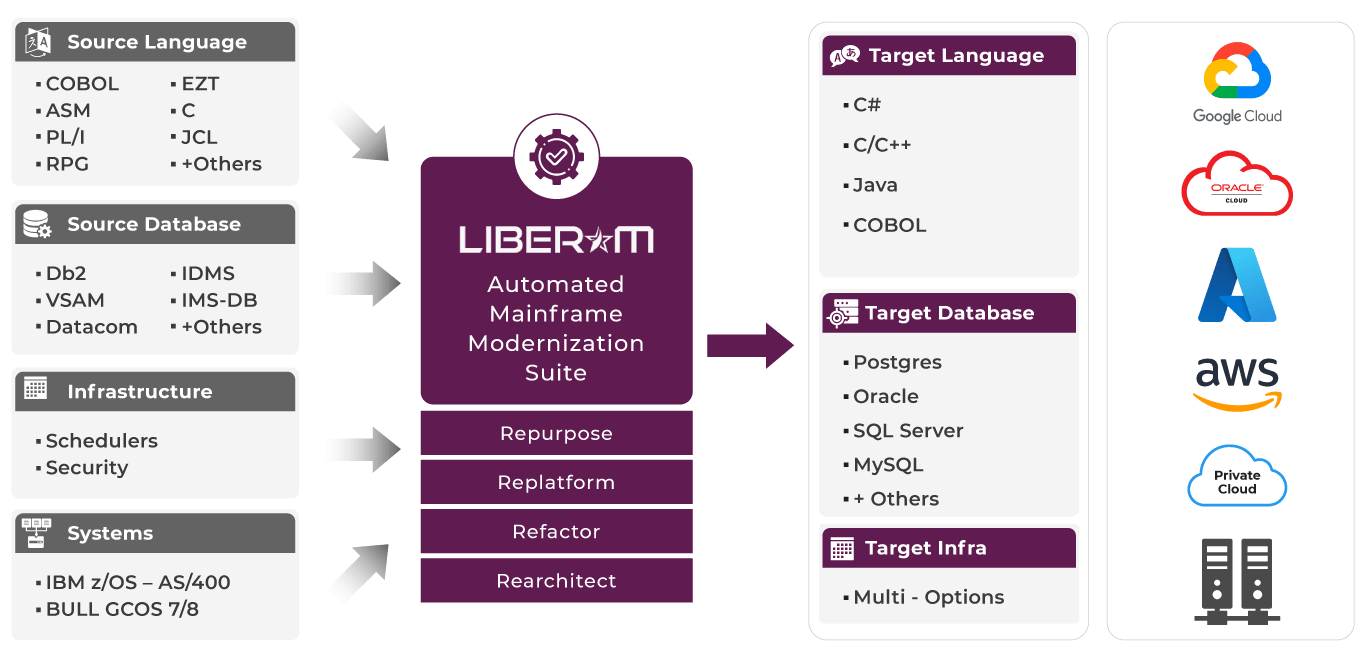
Designed for rapid, controlled, virtually seamless modernization of mainframe business applications, the LIBER*M Mainframe Modernization Suite combines the best of legacy application modernization approaches, allowing organizations to migrate off mainframes while still fully leveraging their existing assets.
With LIBER*M, mLogica offers the most powerful suite of legacy migration tools available, leveraging decades of expertise in cross-platform migration of the most business-critical enterprise software and mainframe environments. We also license our compiler and translator to our customers in a subscription model.
Unlocking Business Logic for Seamless Mainframe Modernization
Legacy modernization is a complex challenge, often hindered by the difficulty of extracting and understanding decades-old business logic embedded in mainframe applications. mLogica’s Business Logic Extractor (BLE) Intelligence simplifies this process by leveraging AI to analyze, document, and transform legacy code into actionable insights. By automatically identifying business rules, dependencies, and redundant code, BLE Intelligence accelerates the transition from outdated systems to modern, scalable architectures.
With features like automated business rule extraction, an intuitive visual editor, and AI-powered code analysis, BLE Intelligence ensures that critical business processes are preserved while enabling seamless integration with cloud and modern platforms. This not only reduces the risks associated with legacy system migration but also enhances agility and innovation. For enterprises looking to future-proof their operations, BLE Intelligence offers a powerful, efficient solution to unlock the full potential of their legacy systems.
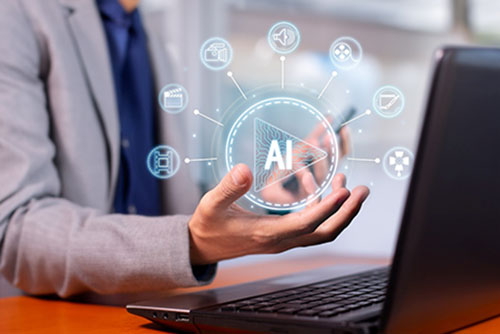

Key Features of BLE Intelligence:
- Automated Business Rule Extraction – Identify and document legacy system logic with AI-driven precision.
- Comprehensive Code Analysis – Understand dependencies, execution paths, and database usage.
- User-Friendly Visual Editor – Validate and refine extracted rules with interactive tools.
- Accelerated Modernization – Generate structured documentation to streamline migration efforts.
Future-proof your legacy systems with BLE Intelligence and unlock new possibilities for innovation.
Download Your Success Story
Complete the form below to receive your downloadable mLogica success story


